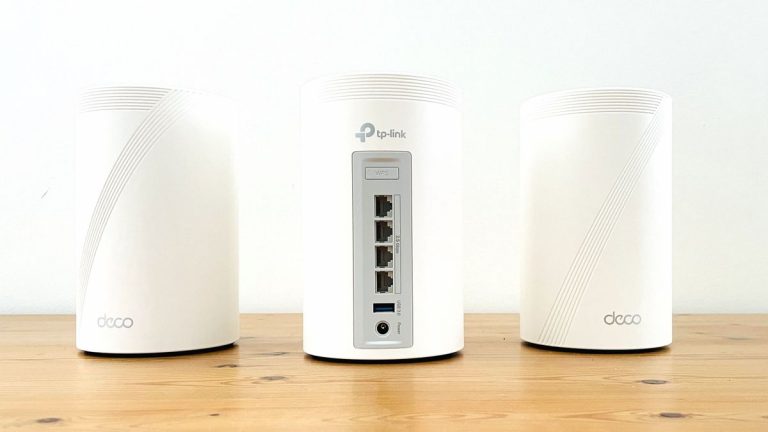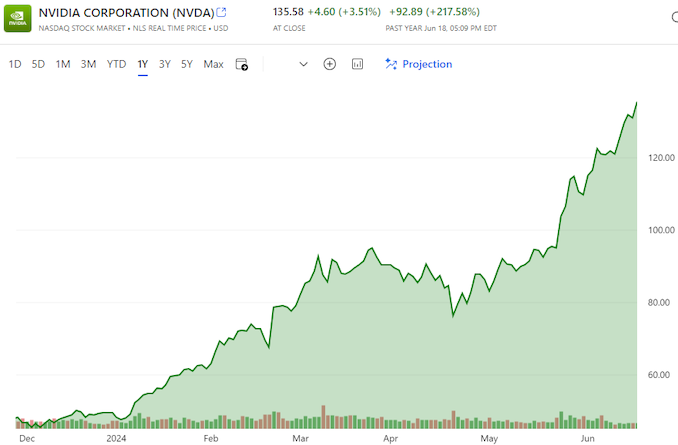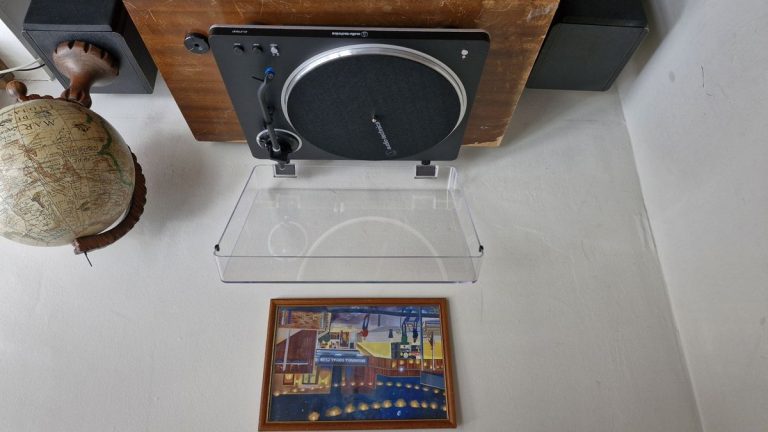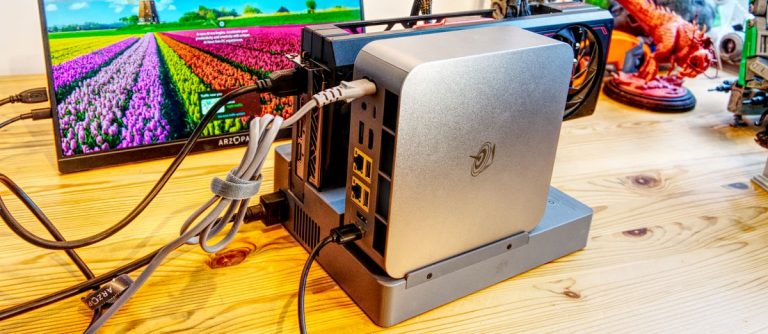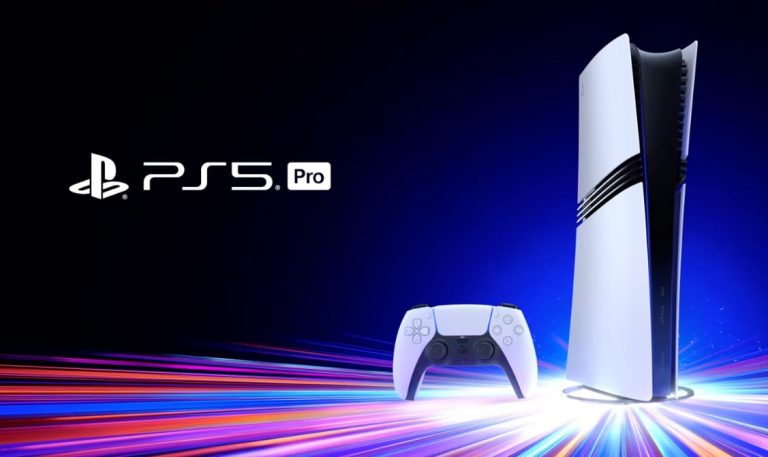Panasonic Lumix GH7 vs Panasonic Lumix GH6: What’s new?

Pansonic recently announced the newest flagship camera in its Lumix G Series of Micro Four Thirds cameras for creatives.
We’ve positioned the Panasonic Lumix GH7 head-to-head against 2022’s Lumix GH6 to highlight all the biggest upgrades on the new flagship.
The Panasonic Lumix GH7 has a new sensor
One upgrade on the Panasonic Lumix GH7 is its new 25.2-megapixel BSI CMOS sensor – the same one found inside the Panasonic Lumix G9 II.
Like the 25.2-megapixel Live MOS sensor in the Lumix GH6, the GH7’s sensor is a Micro Four Thirds one which is smaller than a full-frame sensor. For this reason, Micro Four Thirds sensors have a reputation for falling short when it comes to dynamic range and low-light performance compared to full-frame and APS-C options.
Panasonic introduced its Dynamic Range Boost feature on the GH6 to improve this area, however many reported issues in high-contrast citations, including horizontal streaks.
Thankfully, the company has made efforts to resolve this on the GH7 by fixing the streaking and improving the camera’s dynamic range in general.

The Panasonic Lumix GH7 features improved autofocus
Another upgrade on the Lumix GH7 is improved autofocus. Panasonic has added Phase Detection Auto-Focus (PDAF) to the camera with this release, enabling high-speed, high-precision autofocus, as well as real-time subject recognition for planes and trains.
This is arguably the biggest improvement over the Lumix GH6, which lagged behind the competition with its contrast-detection autofocus.
We found the AF on the GH7 to be significantly faster and more accurate than that of its predecessor, detecting different subjects quickly and remaining focused as they move in and out of the frame.
The Panasonic Lumix GH7 benefits from improved image stabilisation
The Lumix GH6 featured excellent in-body image stabilisation and the GH7’s 7.5-stop IBIS performed just as well in our experience.
We found that the GH7 was adept at stabilising any lens through a combination of sensor-shift and electronic stabilisation – especially when using lenses with optical stabilisation built-in.
The GH7 also benefits from added stabilisation features, including perspective distortion correction for videos and High mode in Active I.S. to allow for powerful compensation when recording on the move.


The Panasonic Lumix GH7 offers 32-bit float recording
Finally, the Panasonic Lumix GH7 is the first mirrorless camera in the world to support 32-bit float audio recording. That is, as long as you buy the £499 XLR2 adapter.
Not only does the adapter allow two XLR mics to be connected to the camera, but it also removes the need to adjust audio recording levels while shooting. This makes it a must-have for those recording in difficult conditions where it’s tough to set the gain, allowing them to adjust the audio levels in post-production instead.
That said, it’s certainly not a necessity for most users, so don’t allow yourself to be put off the GH6 just because it doesn’t support the feature.
Source: www.trustedreviews.com

